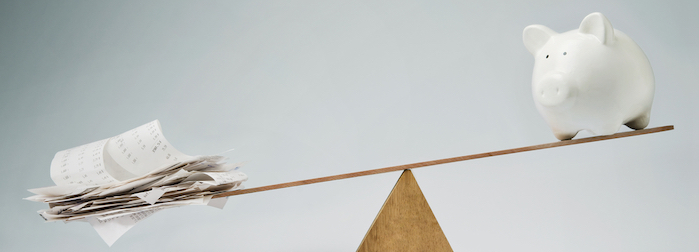Types of Paper for Your Print Job
Are you ever disappointed in your print results? One common issue is actually users choosing the wrong kind of paper for their print job. With so many options, it’s important to understand the effect paper has on your print results.
Why it Matters
You wouldn’t print a client report on cardstock. At the same time, you wouldn’t use a thick expensive paper to print off an email. Choosing a certain kind of paper gives your final product a different look and feel than a different paper would. Some papers are also more expensive than others, impacting your bottom line.
Not all printers are equipped to handle all paper types. Choosing the wrong kind of paper for your printer can cause printer jams and damage, as well as poor results.
Types of Paper
Paper weight is typically based on 500 sheets, though this figure may vary so it’s important to double check. Heavier weight papers tend to be thicker, less transparent, and more durable.
What kinds of paper are right for your print job? Here are some of the varieties available, and their common uses.
- Bond paper – This is the most common paper used in printers and copiers in offices. It can also be called writing paper. It comes in a variety of weights up to 36 pounds.
- Text paper – This paper is often heavier than bond paper, although it can be used for everything from every day printing to brochures. It’s often the paper chosen for letterheads and stationary, and weights range from 50 to 100 pounds.
- Cover paper – This paper is also called card stock, and comes in a wide variety of colors and finishes. Cover paper is heavy and stiff, and can be used for business cards, postcards, posters, and invitations.
- Bristol paper – This paper is extremely heavy and thick, with weights up to 120 pounds. It can be used for invitations and book covers.
- Index paper – This type of paper is stiff and typically used for index cards, postcards, and manila folders.
- Tag paper – This paper is durable enough to be used for signage.
Choosing the right paper is essential to get the outcome you want. By understanding the types of paper available, you can create a better result and improve your bottom line.
Related blog:
https://primeedgetech.com/how-paper-quality-affects-digital-output/




